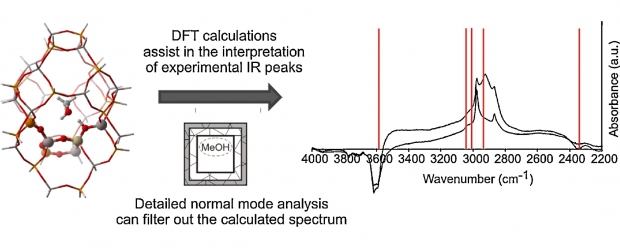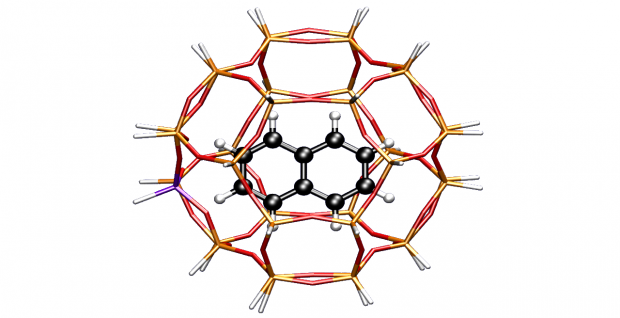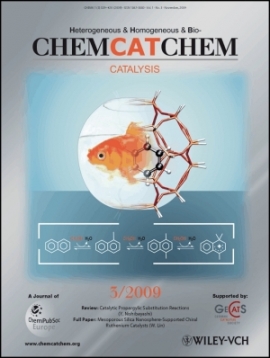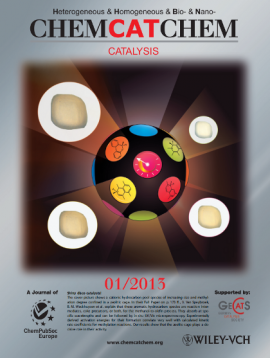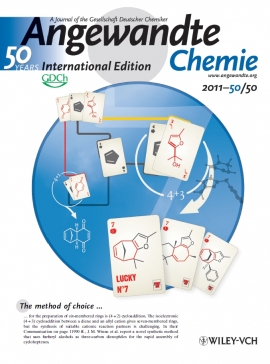The influence of a polyamide matrix on the halochromic behaviour of the pH-sensitive azo dye Nitrazine Yellow
Abstract
It is of great interest to introduce pH-sensitive dyes into fibrous materials since this may result in flexible sensor systems. However, to date, the effect of a textile matrix on the halochromic properties of dyes is still unknown which severely limits their further development. Therefore, this paper focuses on an in-depth study of the halochromism of the azo pH-indicator dye Nitrazine Yellow in solution and incorporated in polyamide textile matrices with different structures. Based on both experimental spectroscopic data and computational calculations, an azo hydrazone tautomerism was found to be responsible for the halochromism of Nitrazine Yellow in solution. The hydrazone tautomer was most stable in neutral pH while the deprotonated dye molecule was believed to be an azo tautomer, resulting in a bathochromic shift with increasing pH. This tautomerism was, moreover, also present in the polyamide matrices. However, the equilibrium was clearly affected by the polymeric environment resulting in a shift and broadening of the dynamic pH-range. The polyamide type and textile structure influenced the halochromic response due to different interactions and accessibility of the dye. In conclusion, the halochromism of Nitrazine Yellow is present in all studied systems and is always based on an azo hydrazone tautomerism but the polyamide matrix causes distinct alterations in the tautomeric equilibrium.

 Open Access version available at
Open Access version available at 